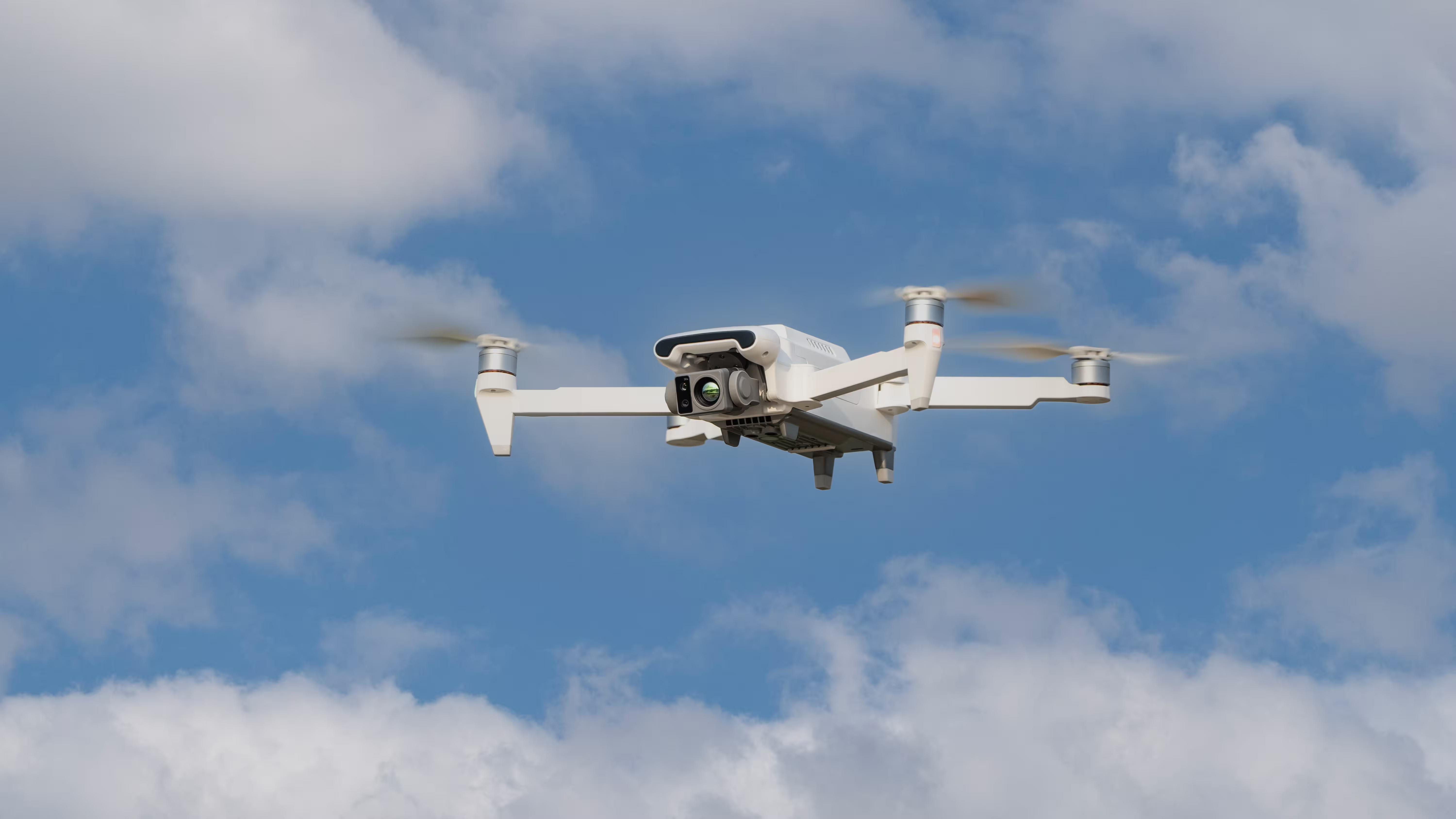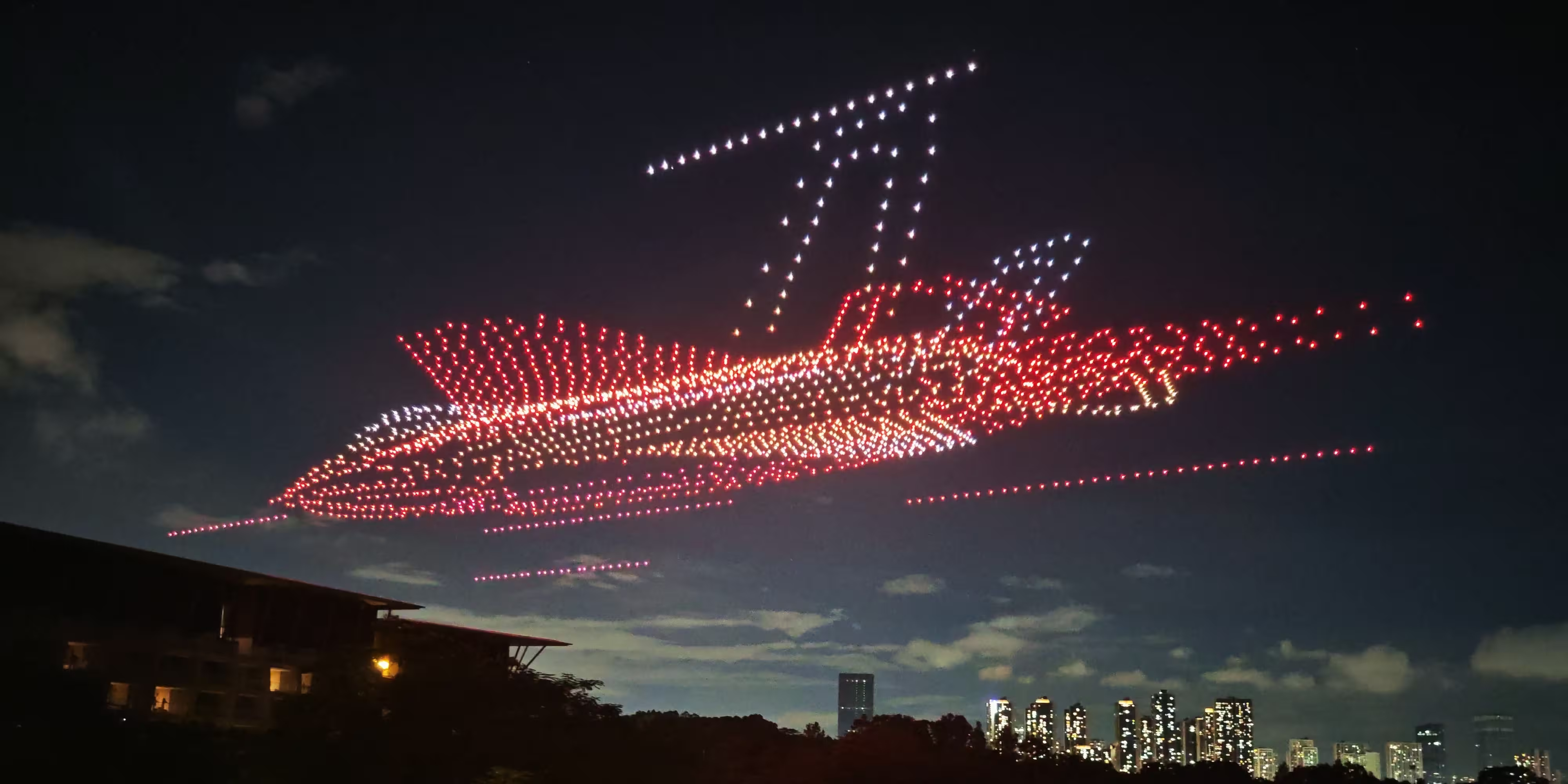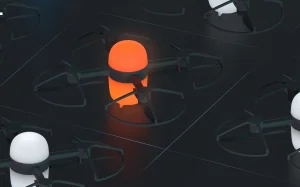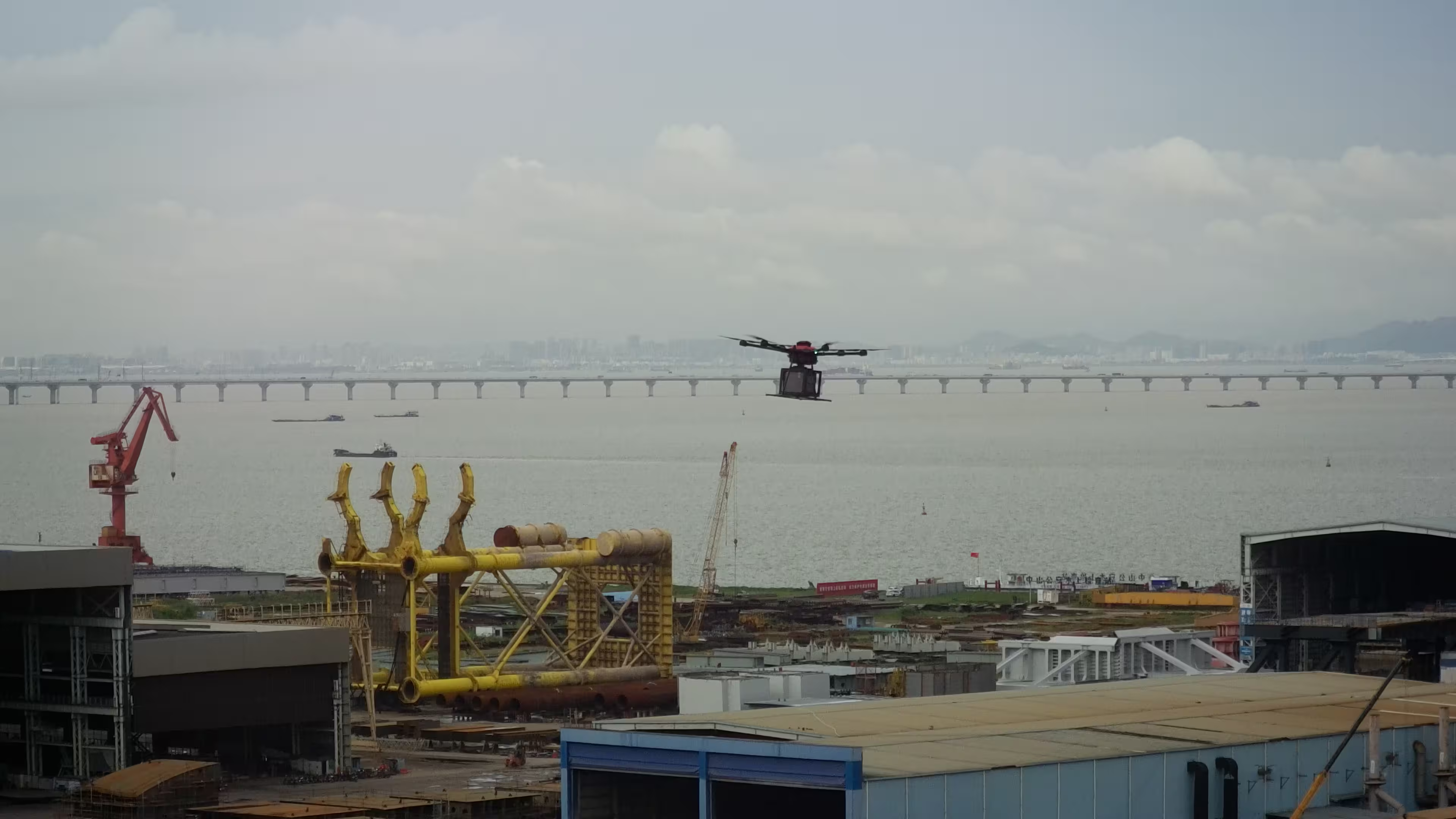Today’s thermal drones integrate multiple complex systems to deliver accurate heat-based imaging in various environments. Understanding each component allows buyers to make informed decisions and evaluate performance standards.
Thermal Camera Sensor
The core of any thermal drone lies in its infrared sensor, typically operating in the long-wave infrared (LWIR) band between 8–14μm. These sensors detect temperature differences by capturing infrared radiation emitted by objects, regardless of lighting conditions. Two major categories include:
- Uncooled sensors: Most common, they use vanadium oxide (VOx) or amorphous silicon detectors and work at ambient temperatures. They are cost-effective and highly reliable.
- Cooled sensors: These include cryogenically cooled detectors that offer higher sensitivity and resolution, but they are more expensive and fragile. Often reserved for military or research-grade missions.
Gimbal and Stabilization System
A thermal camera is ineffective without stable imagery. Most thermal drones incorporate a 3-axis gimbal for vibration dampening and real-time horizon correction. High-end drones may include dual-sensor gimbals, combining RGB and thermal feeds simultaneously for data fusion and context-rich analysis.
Flight Platform and Airframe
The drone’s flight stability, wind resistance, payload capacity, and endurance are heavily influenced by the design of the airframe. Industrial-grade thermal drones feature:
- Weather-resistant frames (IP43+)
- Extended flight times (25–45 mins per charge)
- Payload flexibility (dual gimbals, zoom cameras, LiDAR integration)
- RTK/GNSS-enabled precision positioning
Software & Data Interpretation Tools
Capturing a thermal image is only the beginning. The ability to analyze it properly through radiometric data, temperature calibration, and color palette adjustment is essential. Some drones include SDKs or integrations with tools like FLIR Tools, DJI Thermal Analysis Tool, or proprietary OEM systems.
Real-World Applications of Thermal Drones
Thermal drones have transcended niche applications and are now used across dozens of industries to increase efficiency, safety, and visibility in hard-to-reach or dangerous environments.
Firefighting and Emergency Response
Thermal drones allow first responders to detect hidden hot spots, locate missing persons, and assess structural integrity in smoke-obscured or post-fire zones. A bird’s-eye thermal view can save lives by accelerating decision-making during emergencies.
Electrical Utility & Solar Panel Inspection
Power line hotspots, connector fatigue, and failing solar panels emit excess heat—easily detectable via thermal drones. Instead of climbing poles or deploying cherry pickers, inspectors can diagnose issues from a safe distance and prioritize repairs.
Building Diagnostics & Roof Inspections
Thermal imaging identifies insulation gaps, moisture accumulation, and heat leakage. Drones quickly survey commercial roofs, reducing the need for scaffolding and increasing safety for contractors.
Precision Agriculture
Crop health, irrigation distribution, and livestock monitoring all benefit from thermal imaging. Drones can identify water stress or animal fever before visible symptoms occur, helping farmers improve yields and biosecurity.
Security & Surveillance
In industrial facilities, borders, and remote zones, thermal drones provide 24/7 surveillance—even in total darkness. They can detect intruders hiding behind vegetation or in low-visibility areas.
Advantages of Using Thermal Drones
Thermal drones have several unique advantages that separate them from traditional tools:
- All-weather operation: Thermal sensors can see through fog, smoke, and complete darkness.
- Non-invasive monitoring: No physical contact required; ideal for hazardous or inaccessible locations.
- Cost-effective and time-saving: Complete large inspections in minutes rather than hours or days.
- Predictive maintenance: Prevent failures and improve uptime by spotting thermal anomalies early.
How to Choose the Right Thermal Drone
Not all thermal drones are created equal. Here’s what to consider before investing:
Resolution and Sensor Specs
Thermal camera resolution ranges from 160×120 to 640×512 and beyond. Higher resolution provides clearer, more accurate images—critical for inspection and detailed analytics.
Radiometric vs Non-Radiometric Output
Radiometric cameras assign temperature values to every pixel, enabling advanced post-processing and reporting. They are essential for industrial inspections and scientific studies.
Battery Life and Flight Time
Most professional-grade drones provide 25–40 minutes of flight time. Hot-swap battery designs allow continuous missions with minimal downtime.
Software Ecosystem & Export Formats
Make sure your drone integrates with platforms like Pix4D, DroneDeploy, or custom GIS tools. Compatibility with FLIR radiometric formats (.jpg with metadata) or TIFF is also crucial.
Industry Certifications and Support
Look for drones that come with CE, FCC, and RoHS certifications and offer local training, technical support, and spare part availability.
Introducing MMC X8T: Industrial Thermal Drone Built to Perform
MMC X8T is a top-tier thermal drone designed for real-world missions in public safety, utilities, and heavy industry. It features:
- Advanced dual-sensor payload: 640×480 thermal + 4K RGB camera
- Robust industrial-grade platform with 30-minute endurance
- RTK support for sub-meter precision
- Modular payload ports for task-specific customization
The X8T is trusted by professionals in firefighting, powerline inspection, and environmental monitoring. It’s a reliable solution for organizations requiring dependable thermal insights in high-stakes environments.
Real-World Use Cases of Thermal Drones
- Electric Utility: A Southeast Asia utility company uses thermal drones to scan over 200 km of high-voltage lines monthly, reducing maintenance costs by 35%.
- Search and Rescue: In a wildfire incident, fire teams used a thermal drone to locate trapped survivors through smoke in under 3 minutes.
- Agriculture: A large-scale cattle farm used thermal drones to detect early signs of fever in livestock, preventing a major outbreak.
Frequently Asked Questions
- Is a thermal drone legal to fly? Yes, but local aviation regulations may apply. In many countries, thermal drones are used under commercial UAV licenses.
- Do I need special training? For enterprise missions, training is recommended—especially for interpreting thermal data accurately.
- Can I use a thermal drone at night? Absolutely. In fact, thermal drones perform best in darkness or low light since IR radiation is not impacted by visible light levels.
- What is the price range? Depending on sensor specs and build quality, thermal drones can cost anywhere between $2,000 to $30,000+.
Final Thoughts: Why Thermal Drones Are Worth the Investment
Thermal drones are revolutionizing how we inspect, monitor, and respond to our environment. Whether you’re a utility manager, emergency responder, or professional surveyor, they offer a unique set of tools to work faster, safer, and smarter.
If you’re considering upgrading your field operations or exploring new thermal capabilities, MMC X8T provides the industrial-grade reliability and performance you need.
Discover the full power of aerial thermography—experience the future of inspection and situational awareness with a thermal drone.





Comments